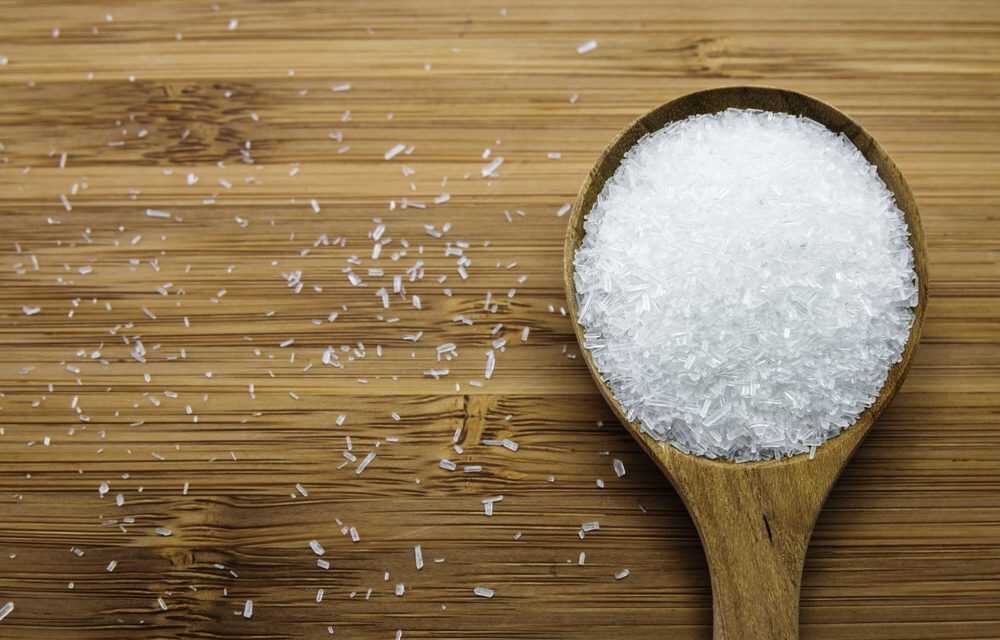
Conservadores (curas)
São substâncias com a função de manter a aparência, palatabilidade dos alimentos, ou seja, mantê-los em condições de serem consumidos dentro de um determinado tempo, prevenindo ou impedindo a deterioração causada por microrganismos ou pela ação enzimática. Exemplo: sal de cura
Sal
Agente bacteriostático, confere sabor e solubiliza as proteínas responsáveis pela formação da emulsão cárnea. A indústria cárnea moderna utiliza o sal como aromatizante ou intensificador de sabor e, ainda, o sal é responsável pela textura desejável da carne processada. Isso é possível devido às propriedades funcionais que o sal confere aos produtos cárneos: ativa proteínas para aumentar a capacidade de hidratação e de ligação à água; diminui a perda de fluido no produto embalado a vácuo que foi processado termicamente; aumenta as propriedades de ligação das proteínas para melhorar a textura; aumenta a viscosidade das massas de carne, facilitando a incorporação de gordura para formar massas estáveis; é essencial para o sabor e é um bacteriostático em níveis relativamente altos.
Açúcar
Açúcar – Contribui para o sabor, mascara o sabor adstringente do sal, auxilia a formação da cor vermelha em produtos cárneos servindo como nutriente para as bactérias, aumenta a atividade de fermentação em produtos curados, como salame e copa.
Água/Gelo
Serve como veículo para melhora a distribuição dos ingredientes na massa, é responsável pela maciez e suculências dos produtos, mantêm baixa a temperatura da massa garantindo uma melhor segurança microbiológica e estabilidade das emulsões(ex.: salsichas e mortadela).
Proteínas Vegetais
São ingredientes de uso tradicional em embutidos. Em emulsões cárneas permitem faixas mais amplas de temperaturas de emulsificação, favorecem a formação de emulsão e sua estabilidade, reduzem a perda no cozimento, previnem a liberação de gordura, melhoram a textura e a fatiabilidade dos produtos. A mais utilizada é a proteína de soja.
Condimentos
Desempenham papel de extrema importância pois são os responsáveis pela qualidade sensorial dos produtos, atendendo às expectativas gustativas dos consumidores. Alguns condimentos também desempenham funções antibacterianas e antifúngicas.
Corantes
Substâncias que conferem, intensificam ou restauram a cor de um alimento. Ex.: corante carmim, caramelo e amarelo tartrazina.
Realçador de sabor
Substância que ressalta, realça ou altera o sabor/aroma de um alimento. O mais utilizado é o glutamato monossódico, também conhecido como ajinomoto.
Antioxidante (Fixadores de cor)
Substância que retarda o aparecimento de alteração oxidativas no alimento, com o objetivo de prolongar o tempo de prateleira (shelf-life) do produto. Um exemplo é o eritorbato de sódio. Antioxidantes naturais, como o extrato de alecrim vem ganhando espaço nas indústrias de carnes.
Estabilizantes
Atuam como regulador do pH, auxiliam diretamente na formação das emulsões, aumentam a capacidade de retenção de água nos produtos, controlam a textura e consistência dos produtos. Os fosfatos são muito utilizados para esta finalidade.
Emulsificantes
Melhoram a fatiabilidade dos produtos, auxiliam diretamente para facilitar a retirada das tripas principalmente de linguiças defumadas e salames, melhoram a estabilidade das massas de linguiças. A proteína de soja é muito utilizada para esta finalidade.
Impermeabilizantes
Promovem ao produto uma proteção externa contra a ação de bolores, diminuem a migração de umidade, reduzindo a perda de peso
-
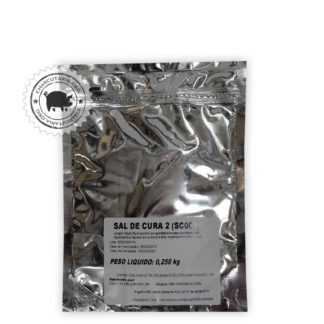 Sal de cura 2R$ 8,00
Sal de cura 2R$ 8,00 -
 Sal de cura 1R$ 8,00
Sal de cura 1R$ 8,00 -
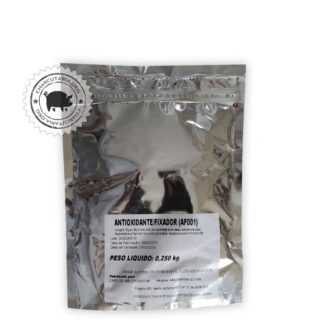 Antioxidante FixadorR$ 23,00
Antioxidante FixadorR$ 23,00 -
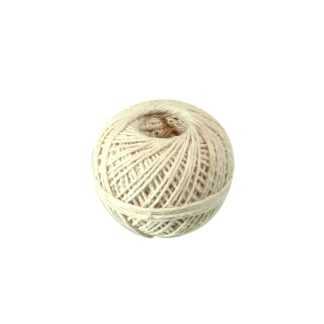 Barbante culinárioR$ 7,90
Barbante culinárioR$ 7,90 -
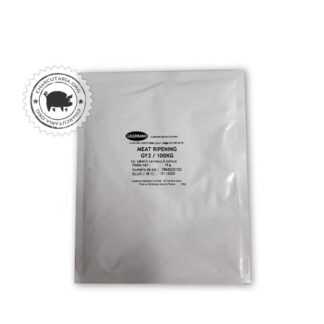 Cultura StarterO preço original era: R$ 69,90.R$ 59,90O preço atual é: R$ 59,90.
Cultura StarterO preço original era: R$ 69,90.R$ 59,90O preço atual é: R$ 59,90. -
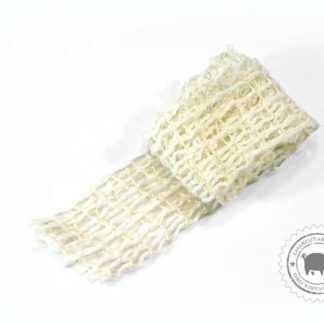 Rede elástica culinária 50mmR$ 15,00
Rede elástica culinária 50mmR$ 15,00 -
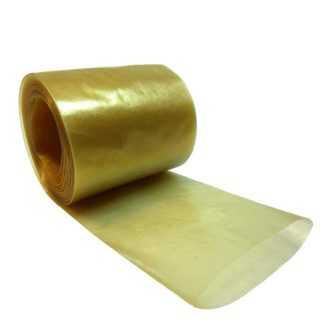 Tripa de colágeno 45mm rolo 5 metros salameR$ 25,00
Tripa de colágeno 45mm rolo 5 metros salameR$ 25,00 -
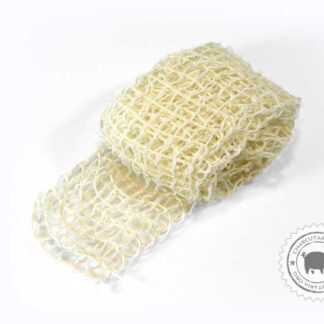 Rede elástica culinária 65mmR$ 18,00
Rede elástica culinária 65mmR$ 18,00 -
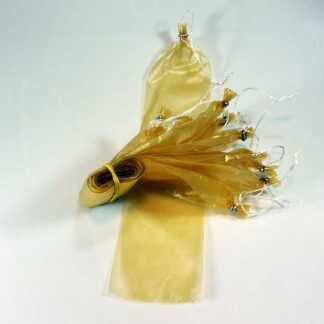 Tripa de colágeno salame 45mm 10 unidades amarradasR$ 22,00
Tripa de colágeno salame 45mm 10 unidades amarradasR$ 22,00 -
 Tripa de colágeno 80mm copa e salameR$ 29,90
Tripa de colágeno 80mm copa e salameR$ 29,90 -
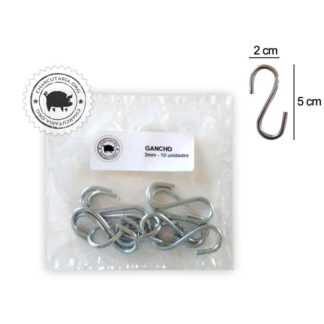 Gancho GalvanizadoR$ 12,00
Gancho GalvanizadoR$ 12,00 -
 Tripa de colágeno salame 50mm 10 unidades amarradasR$ 24,00
Tripa de colágeno salame 50mm 10 unidades amarradasR$ 24,00


Informações bem completas , obrigado pela ajuda.